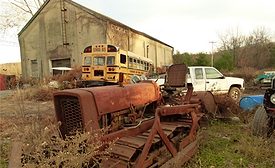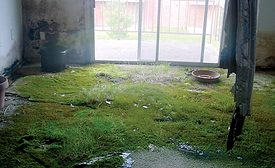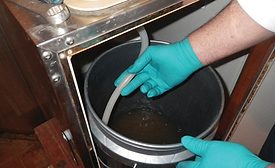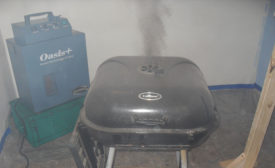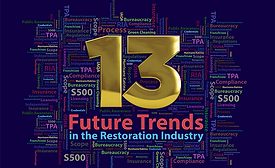Articles by Michael A. Pinto CSP, SMS, CMP, RTPE, FLS, ERS
What Does EPA Registration Really Mean?
Perhaps it is time for chemical manufacturers to show real-world testing.
Read More
The Important Place of Mold Stain Removers in the Remediation Industry
Answering four major questions about this popular industry product
Read More
13 Future Trends UPDATE: Struggling Franchises & Increased Bureaucracy
U.S. Supreme Court, OSHA, & State Involvement
Read More
13 Future Trends in the Restoration Industry
National Credentials, struggling franchises, bureaucracy, & more
Read More
Stay ahead of the curve with our eNewsletters.
Get the latest industry updates tailored your way.
JOIN TODAY!Copyright ©2025. All Rights Reserved BNP Media.
Design, CMS, Hosting & Web Development :: ePublishing


